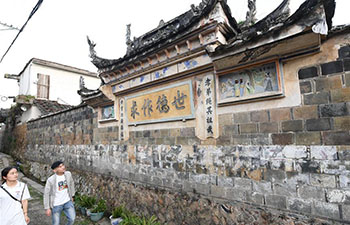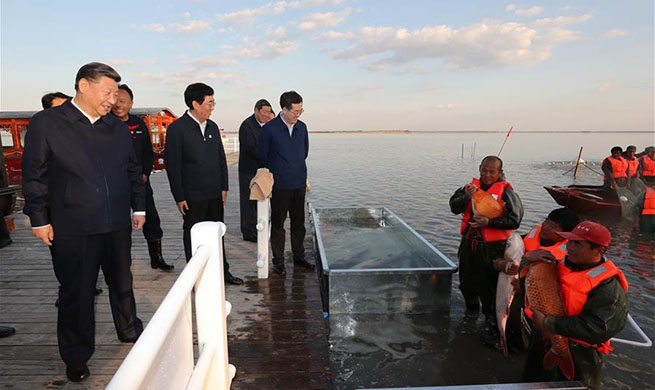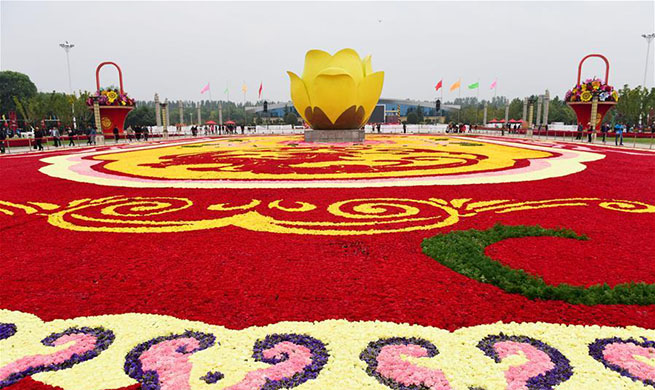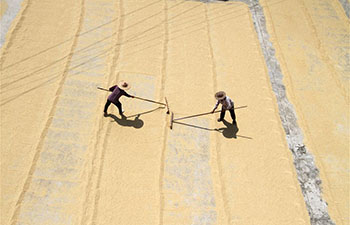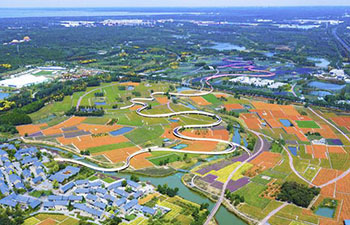DALIAN, Sept. 27 (Xinhua) -- A joint archeological team has concluded the first phase of salvage operations for the warship Ching Yuen, a heroic Chinese cruiser sunk during the first Sino-Japanese War (1894-1895).
Parts of soldiers' remains and more than 500 items from the wreckage were recovered near the city of Zhuanghe in northeast China's Liaoning Province, according to a team from the National Center of Underwater Cultural Heritage and the Liaoning Provincial Institute of Cultural Relics and Archaeology.
The team conducted an underwater investigation from July to September, which confirmed the warship as a number of relics bore the words Ching Yuen, the name of the armored cruiser, which was made in Germany between January 1885 and January 1887.
The Ching Yuen was one of the cruisers ordered by the Qing Empire (1644-1911) in the late 19th century to create a modern navy.
"Remains of soldiers were also found in the shipwreck," said Zhou Chunshui, head of the archeological team. He said the remains would be dealt with by protective measures before they are buried.
Items found include bullets, cannonballs, spanners and files, as well as iron, copper, wood, glass, porcelain and leather items.
The Ching Yuen was besieged by a four-strong Japanese fleet on the Yellow Sea in September 1894. Captain Lin Yongsheng led more than 200 soldiers, many of whom fought to their death. There were only 16 survivors.
The cruiser has immeasurable historical value, as a witness and symbol of the Sino-Japanese War, according to the National Cultural Heritage Administration.
Another warship, the Zhiyuan, also destroyed and sunk during the war, was discovered in 2014.
The war, known in China as the Jiawu War, started on July 25, 1894, when a Japanese fleet attacked two Chinese vessels off the Korean port of Asan. At the time, Korea was a tributary of the Qing Empire. By March 1895, the Chinese army and navy were routed; it was the first time China had lost to Japan in a military conflict.
The Shimonoseki Treaty, signed to conclude the war, ceded the Liaodong Peninsula in northeast China, Taiwan and its annex the nearby Penghu Islands to Japan. China also paid Japan 200 million taels of silver (5.2 billion U.S. dollars today).
The Jiawu War Museum opened to the public in 1985 on Liugong Island, Weihai, eastern China's Shandong Province. The Beiyang Fleet, to which the Ching Yuen belonged, was formed on the island in 1888.
The museum has since received more than 10 million visitors, including 1.5 million in 2017 alone. .




